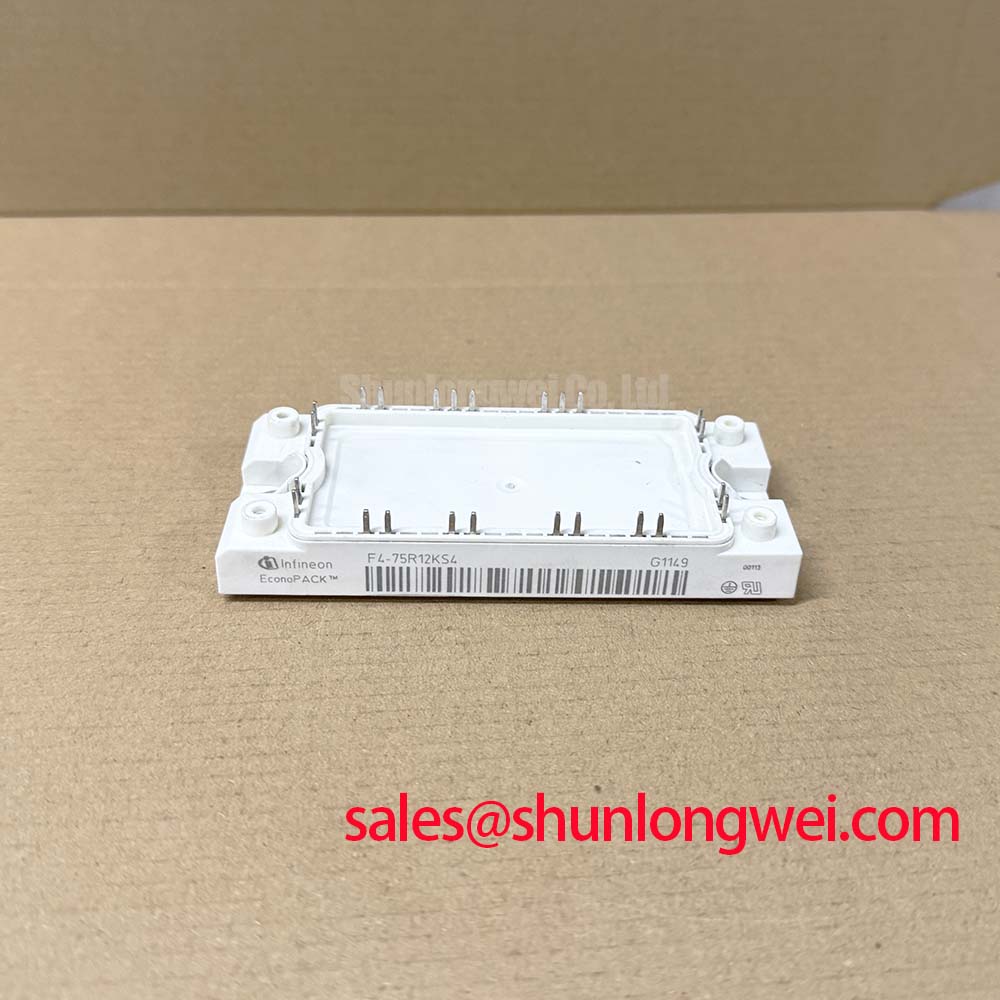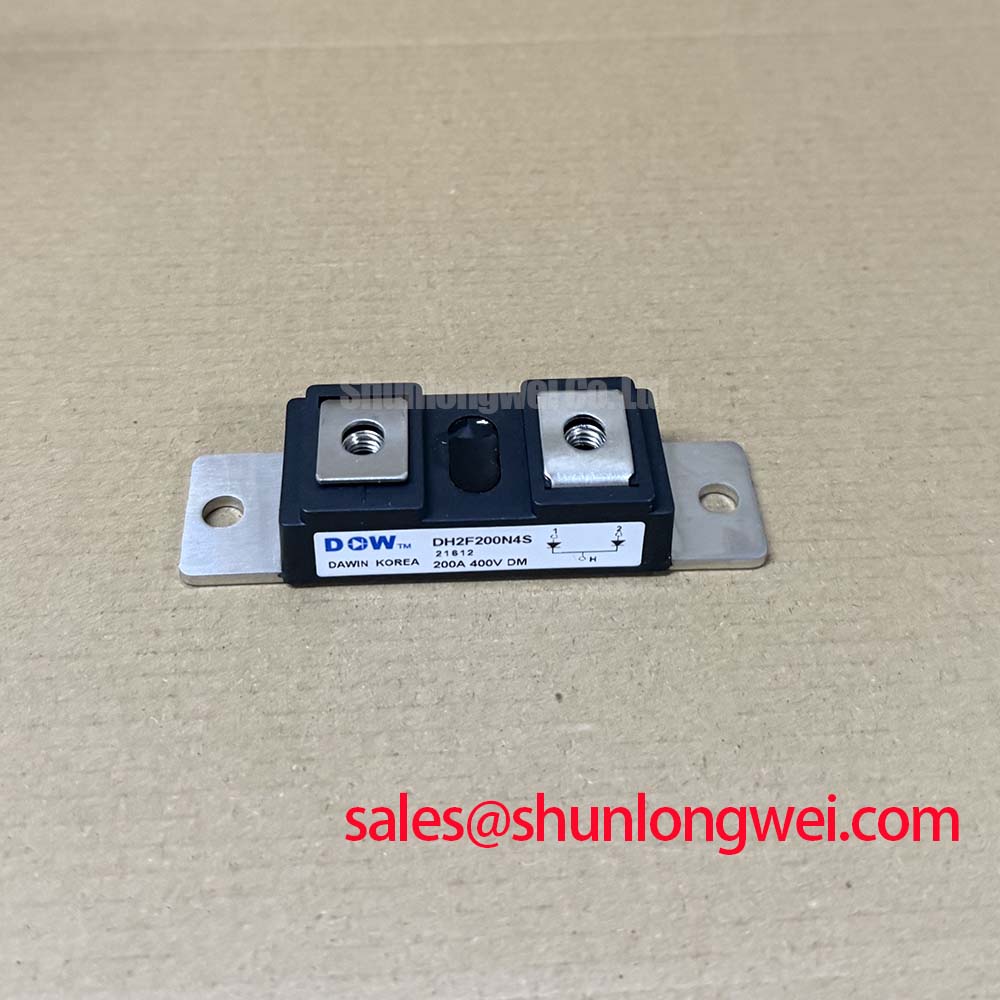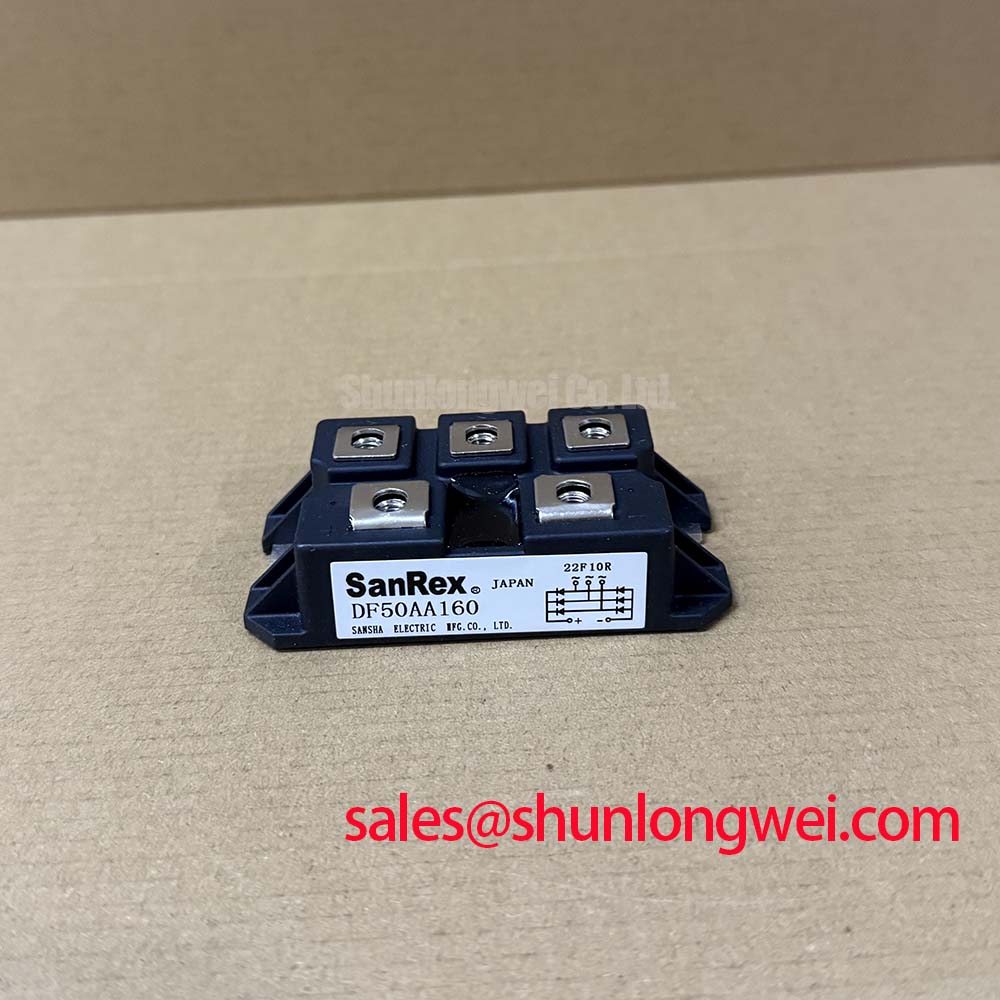BA121S01-100: A 12.1-inch SVGA Display Engineered for Environmental Resilience and Industrial Reliability
Content last revised on October 21, 2025.
Introduction: Core Features & Benefits
Engineered for Performance in Demanding Conditions
The BOE BA121S01-100 is an industrial a-Si TFT-LCD module engineered for unwavering clarity and operational reliability in thermally challenging environments. This 12.1-inch display delivers a robust combination of performance-critical specifications, including 800x600 SVGA resolution | 400 cd/m² brightness | -20°C to 70°C operating temperature. Key engineering benefits include exceptional environmental resilience and clear data visibility in high ambient light. Its features directly address the need for durable displays in settings where consumer-grade panels would fail. For industrial Human-Machine Interface (HMI) systems requiring proven SVGA resolution with robust performance from freezing to high-heat conditions, the BA121S01-100 is an optimal design choice.
Key Parameter Overview
Critical Specifications for Environmental and Optical Performance
The technical specifications of the BA121S01-100 are tailored for integration into demanding industrial and commercial systems. The parameters below highlight its capacity for reliable performance under challenging environmental and lighting conditions. What is the key advantage of the BA121S01-100's wide temperature range? It ensures operational reliability in harsh industrial and semi-outdoor environments.
| Optical Characteristics | |
| Display Mode | TN, Normally White, Transmissive |
| Resolution | 800(RGB) × 600 [SVGA] |
| Brightness | 400 cd/m² (Typ.) |
| Contrast Ratio | 800:1 (Typ.) |
| Viewing Angle (L/R/U/D) | 80/80/65/75 (Typ.) |
| Surface Treatment | Anti-glare |
| Environmental & Mechanical Specifications | |
| Operating Temperature | -20 ~ 70 °C |
| Storage Temperature | -30 ~ 80 °C |
| Active Area | 246 × 184.5 mm |
| Outline Dimensions | 279 × 209 × 9.3 mm (Max) |
| Electrical & Interface Characteristics | |
| Signal Interface | LVDS (1 channel, 6/8-bit), 20 pins |
| Backlight | WLED, with a lifespan of 50,000 hours (Typ.) |
| Logic Voltage (VCC) | 3.3V (Typ.) |
Download the BA121S01-100 datasheet for detailed specifications and performance curves.
Application Scenarios & Value
System-Level Benefits in Uncontrolled Environments
The BA121S01-100 is engineered for applications where temperature fluctuation and ambient light create significant operational challenges. Its most defining characteristic is the wide operating temperature range of -20°C to 70°C, which ensures consistent performance without requiring complex and costly heating or cooling subsystems. Imagine an HMI panel for an industrial automation controller on a factory floor, subject to cold startups in the winter and high ambient heat from machinery in the summer. The BA121S01-100's thermal resilience directly translates to higher system uptime and lower total cost of ownership. Furthermore, its 400-nit brightness, coupled with an anti-glare surface, provides excellent legibility for operators, reducing errors and improving efficiency in environments like logistics terminals, outdoor ticketing kiosks, and medical monitoring equipment. While the BA121S01-100 provides a robust SVGA solution, systems requiring similar durability with higher resolution might consider the G121XCE-L01, which offers XGA resolution in a 12.1-inch form factor.
Frequently Asked Questions (FAQ)
How does the -20°C to 70°C operating temperature range of the BA121S01-100 benefit industrial system design?
This wide temperature range allows the display to be deployed in environments without climate control, such as factory floors, warehouses, and semi-outdoor enclosures. It simplifies thermal management design, reduces the need for auxiliary heating or cooling components, and enhances the overall reliability and mean time between failures (MTBF) of the end system.
What is the practical impact of the 400-nit brightness and anti-glare surface on HMI usability?
The combination of 400 cd/m² brightness and an anti-glare surface ensures the screen remains readable even under direct overhead factory lighting or in high ambient light conditions. Does the BA121S01-100 feature an anti-glare screen? Yes, its anti-glare surface enhances readability by minimizing ambient light reflections. This reduces operator eye strain and improves the speed and accuracy of data interpretation, which is critical in fast-paced industrial control and monitoring tasks.
Is the standard LVDS interface on the BA121S01-100 compatible with common single-board computers and industrial controllers?
Yes, the LVDS (1 ch, 6/8-bit) interface is a widely adopted standard in the industrial computing sector. It offers excellent noise immunity and supports reliable data transmission over short-to-medium distances, ensuring straightforward integration with a vast range of industrial motherboards, embedded systems, and dedicated display controllers. For more on display interfaces, see this guide to the LVDS Interface.
Technical Deep Dive
Engineering for Reliability: A Closer Look at Thermal and Optical Design
The robust performance of the BOE BA121S01-100 is not accidental; it is the result of deliberate engineering choices in its construction. The ability to operate reliably from -20°C to 70°C is achieved through the careful selection of liquid crystal fluid with a stable viscosity across this range, preventing freezing or degradation that would impair pixel response. The WLED backlight system is also designed for thermal stability, ensuring consistent brightness and a long operational life of over 50,000 hours without significant luminance drop-off at temperature extremes. Optically, the anti-glare surface treatment is a key feature. This is not merely a film but a micro-etched surface that diffuses incident light. Much like the non-reflective coating on eyeglasses, it breaks up specular reflections that would otherwise obscure the displayed image, thereby enhancing the native 800:1 contrast ratio and making the data presented truly usable in real-world industrial settings.
A Call for Technical Evaluation
For engineering and procurement teams designing systems for challenging environments, the BA121S01-100 warrants a detailed evaluation. Its specifications are not just numbers on a page but represent tangible benefits in reliability, system longevity, and usability. We encourage a thorough review of the datasheet to assess its fit for your specific application, whether it involves industrial HMIs, public information displays, or specialized test equipment. This display is built to perform where others fail, providing a stable and clear visual interface that enhances the value of your final product.












